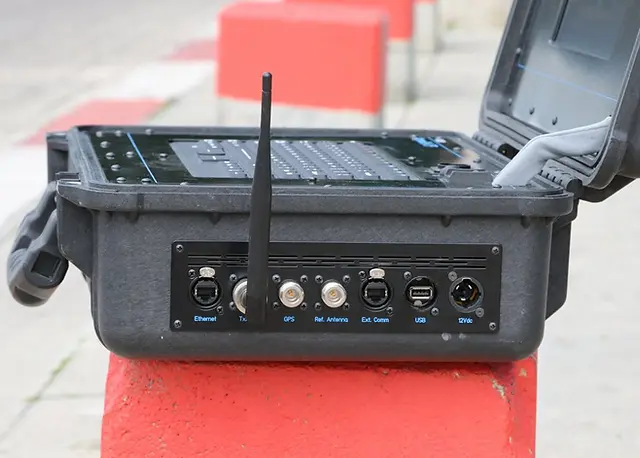How Do I Use Automatic Direction Finder?
- SMS Broadcaster Admin

- Apr 9, 2023
- 3 min read
The ADF or automatic direction finder is an aircraft or marine radio-navigation instrument. It will automatically and also continuously display the relative bearing from an aircraft or ship to a suitable radio station. How do I use automatic direction finder?
ADF receivers usually are tuned to marine or aviation non-directional beacon or NDB that operates in the LW band between 190 kHz to 535 kHz. Just like radio direction finders or RDFs, usually, ADF receivers will receive medium wave broadcast stations as well.
How Do I Use Automatic Direction Finder?

The operator of an ADF is going to tune the receiver unit to the right frequency. Also, the operator will verify the beacon identity by listening to a morse code signal that is being transmitted by an NDB. On the marine receiver, the ferrite-bar antenna that is being motorized is atop the unit.
It can also be mounted remotely on the masthead and it will rotate and also lock when the antenna reaches the desired station’s null. And then there will be some other steps in using the automatic direction finder device or unit.
The antenna unit’s centerline that is moving atop the compass will indicate in degrees the station bearing. On the aviation ADF, a unit is going to move automatically the pointer that looks like a compass automatically. The goal is to show the beacon’s direction.
The aviation pilot may use the pointer when he needs to home directly to the beacon. The pilot can also use a magnetic compass before calculating the direction that comes from the beacon where the aircraft is located.
The ADF doesn’t work like an RDF. An ADF is going to operate with no direct invention and it will continuously display the tuned beacon’s direction. At first, all receivers of ADF had a rotating loop driven by a motor. A receiver controlled the receiver.
Many modern ADFs for aviation contain some fixed aerials and are also using electronic sensors that are designed to use the phase and strength of each aerial signal to deduce the direction. Then the electronic sensors will listen for the through that happens when the antenna hits the right angles.
And then the antenna is going to use the direction indicator to provide the heading right to the station. In flight, the direction indicator of the ADF is going to point to the station of broadcast. Those are the details about how do I use automatic direction finder?
3 Stages in Using An ADF
There are three different stages in using the automatic direction finding. The first one is the station passage, the second one if the homing and the last one is the tracking. Learn more about the three different stages of the ADF below.
1. Station Passage
When the aircraft gets close to an NDB station, an ADF will become more sensitive. A small lateral deviation can cause a big deflection of the needle. Sometimes, it shows erratic right or left oscillations. Usually, when the aircraft overfly a beacon, the needle is going to rapidly swing.
This is going to indicate station passage and will also provide a more accurate position fix for a navigator. When the needle is swinging rapidly but more slowly, sit shows that the station passage is less accurate.
2. Homing
You can also use an ADF to home in on the station. Homing is when the pilot is flying an aircraft in the direction that is needed to keep the needle pointing to the 0o or straight ahead directly. Home into the station by tuning the station, identifying the morse code signal, and turning the aircraft.
Turn the aircraft and keep the heading indicator of the ADF pointing directly ahead. Pilots believe that homing is a poor technique since the aircraft can be significantly blown or dangerously off-course because of the cross-wind.
3. Tracking
The last way of how do I use automatic direction finder is by using the ADF to track the course you desire. A good pilotage technique allows the pilot to calculate the correct angle that balances the crosswind expected by the pilot.
When the flight starts making progress, the pilot is going to monitor the direction from or to the NDB simply by using an ADF.
That’s how do I use automatic direction finder. If you need the best device, then you need to start looking for one from SMS Broadcaster.



Special thanks to Henryclarkethicalhacker@gmail.com for exposing my cheating husband. Right with me I got a lot of evidences and proofs that shows that my husband is a f*** boy and as well a cheater ranging from his text messages, call logs, WhatsApp messages, deleted messages and many more, All thanks to Henryclarkethicalhacker @ gmail com , if not for him I will never know what has been going on for a long time. Contact him now and thank me later. Stay safe.